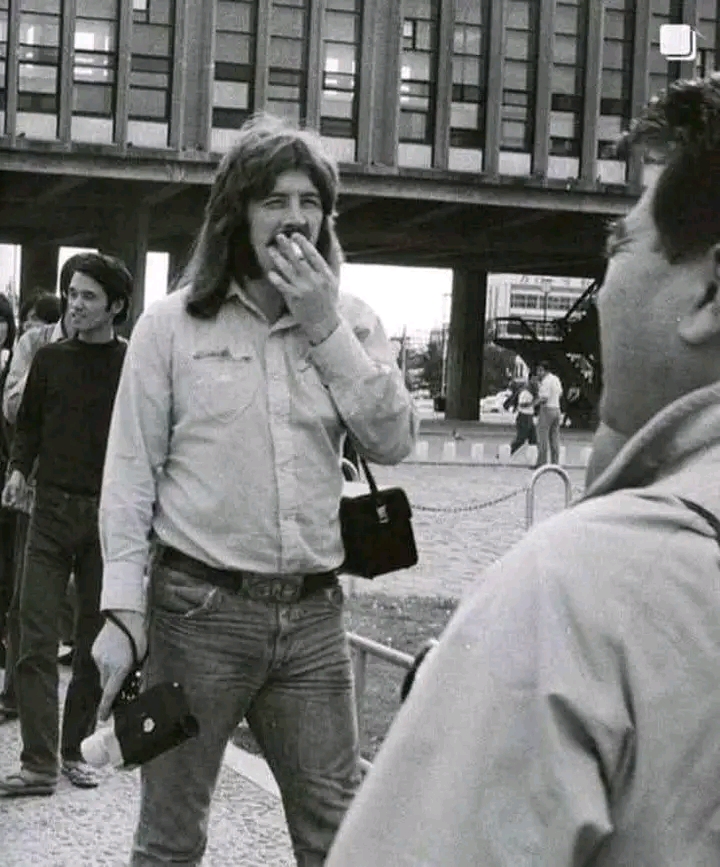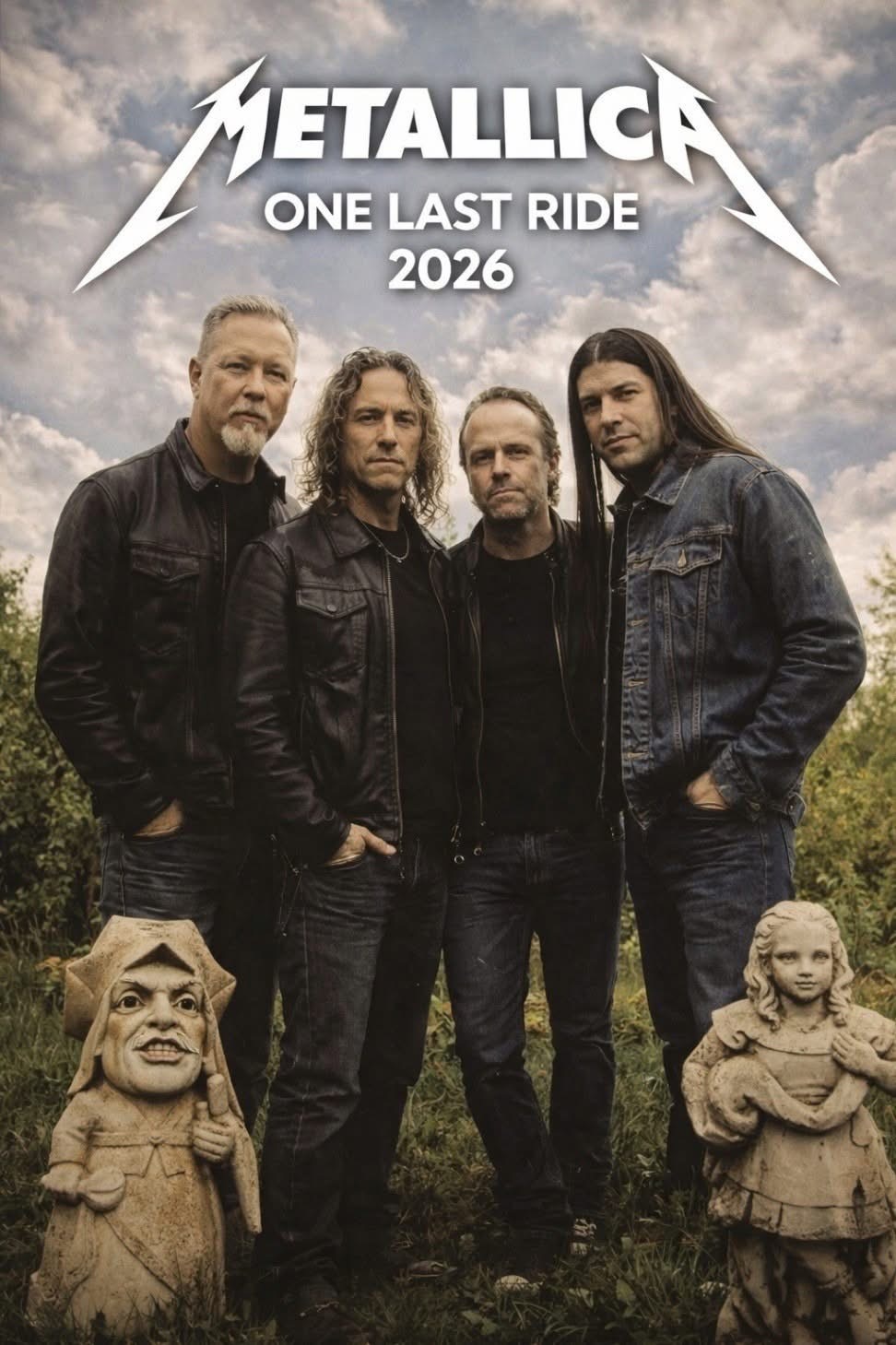**John Bonham: The Thunder God Who Rewrote the Rules of Rock Drumming**
John Bonham’s legacy isn’t just carved into the annals of rock—it echoes through every drum fill, thunderous beat, and explosive solo that’s followed since. Best known as the powerhouse behind Led Zeppelin, Bonham wasn’t merely a drummer; he was a revolution in motion. His blend of brute force, impeccable timing, and genre-bending finesse elevated rock percussion to an art form few could emulate, and none could replicate.
While his sheer volume and intensity often stole the spotlight, Bonham’s true genius lay in his musical intuition. He didn’t just keep time—he shaped it, pushed it, and played with it like a jazz virtuoso. That’s no coincidence: Bonham’s early influences included jazz legends like Gene Krupa and Buddy Rich. He absorbed their swing, syncopation, and stylistic nuance, then fused it with the primal energy of rock, forging a drumming style that felt both chaotic and controlled.
Bonham’s setup was as iconic as his sound. His oversized Ludwig drum kits, especially his legendary 26-inch bass drum, became his signature. Yet despite the size, he moved with shocking speed and precision. Perhaps most astonishing was his ability to create rapid-fire bass drum patterns using only a single pedal—no double kick, no tricks, just raw, practiced skill. It’s a technique that still baffles and inspires drummers to this day.
Tracks like “Good Times Bad Times,” “When the Levee Breaks,” and “Moby Dick” remain drum masterclasses, showcasing his power, creativity, and fearlessness. Bonham didn’t just play drums—he attacked them with soul. He was thunder and groove, fury and feel, all rolled into one.
More than four decades after his death, John Bonham’s influence continues to resonate, cementing him as not just the greatest rock drummer of his era—but perhaps the greatest of
all time.










